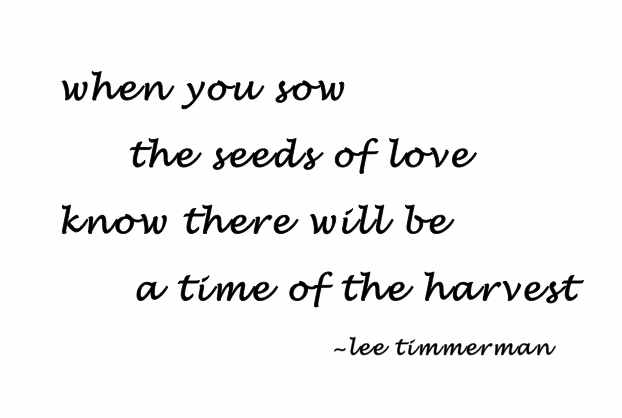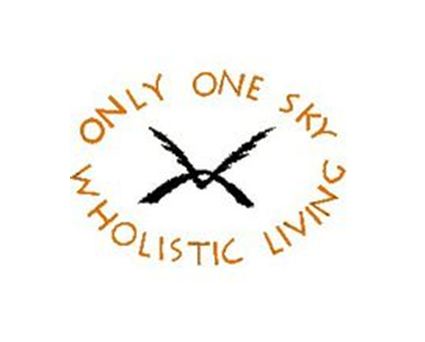The Tantric philosophy does not allow for judgment, however that does not mean there is no discernment. Judgment and discernment are two different things. Judgment is accompanied with condemnation, what is right or wrong, what is good or evil. Discernment is about defining what is the reality, especially what is eternal and what is temporary. Tantric theology does not condemn the temporary; rather it sees the temporary as steps to realizing the eternal. I use the analogy of H²O. H²O is the nature of ice, water, and vapor. So too, Satyam, Shivam, Sundaram, the triune nature of God, is the nature of all things. The Tantric practices are utilized to become aware of, to see, feel, and experience this Satyam, Shivam, Sundaram nature in all things: the eternal Satyam Consciousness, the Christ/Krishna Consciousness, and the very limited and temporary patterns of Consciousness. The Tantric tradition appreciates or worships the Satyam, Shivam, Sundaram nature of life without becoming attached to the need to have the form for happiness. The Tantric practitioner appreciates the form, but worships what created the form, the Satyam, Shivam, Sundaram. The concept seems simple…there is only God, God in stillness and God in motion, but the attainment of this realization takes discipline and practice.
when the flame becomes the fire
and fire becomes the flame
the dance and the dancer
are one


